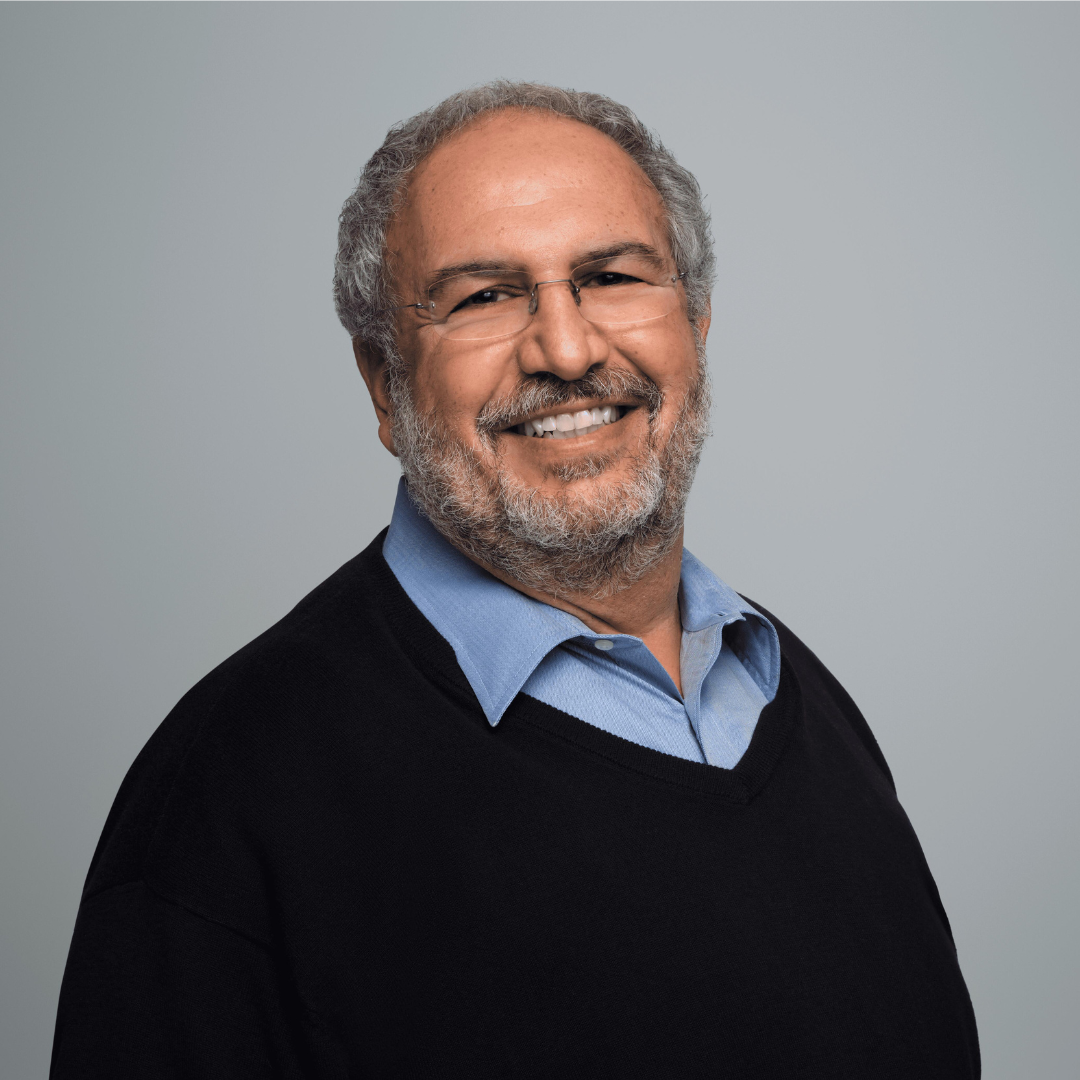What the Kaiser Strike Means for the Senior Care Industry
On October 4, 2023, more than 75,000 Kaiser Permanente workers walked off the job, resulting in the largest healthcare worker strike in US history. While the three-day strike is temporary, it should raise eyebrows across the senior care industry and serve as a call to action for addressing the ongoing staffing shortage affecting senior care facilities.
Kaiser Permanente is one of the largest not-for-profit healthcare providers in the country, with a majority of employees in California, as well as Colorado, Oregon, and Washington. Others are in Virginia and the District of Columbia. The employees on strike include nursing staff, dietary workers, pharmacists, optometrists, and receptionists.
The workers’ union contracts expired on September 30, and after unsuccessful negotiations, the walkout commenced. During the strike, Kaiser hospitals and emergency departments continue to operate, and doctors are not participating in the strike. Employees will resume working the morning of October 7.
Read on to learn what factors lead up to the strike, how healthcare leaders are responding, and what the implications are for the senior care industry.
Factors Behind the Strike

Rebecca Love, chief clinical officer at IntelyCare
The strike is a culmination of many factors. Rebecca Love, leading nurse advocate and chief clinical officer at IntelyCare, commented before the strike began, “This week, 75,000 healthcare workers at Kaiser Permanente are ready to stage the largest healthcare strike in US history. This is unfolding against the backdrop of an ongoing nurse staffing crisis, with projections of 800,000 nurses leaving the workforce by 2027,” she explained. “If this strike does happen, access to healthcare in hospitals will be significantly reduced, exacerbating the strain on our already pressured healthcare systems.”
On the Kaiser strike website, the Service Employees International Union-United Healthcare Workers West (SEIU UHW) writes, “Kaiser executives are refusing to listen to frontline healthcare workers and are bargaining in bad faith over the solutions we need to end the Kaiser short staffing crisis.”
A press release on the same website outlined concerns about the effects short staffing is having on patient safety. “Healthcare workers see how Kaiser patients are forced to wait unsafe lengths of time for cancer screenings, room assignments, test results, primary care appointments, x-rays, surgeries, waiting in emergency rooms, and more,” explains Audrey Cardenas Loera, a fees and benefits support specialist at Kaiser Permanente in Hillsboro, Oregon. “We simply want our patients to be safe and get the care that they deserve.”
The press release outlines several concerns, including “unfair labor practices related to bargaining in bad faith, along with simmering staff concerns related to unsafe staffing levels that can lead to dangerously long wait times, mistaken diagnoses, and neglect. After years of the COVID pandemic and chronic understaffing, Kaiser healthcare workers are calling on management to provide safe staffing levels.”
“Kaiser executives refuse to acknowledge how much patient care has deteriorated or how much the frontline healthcare workforce and patients are suffering because of the Kaiser short-staffing crisis,” explains Dave Regan, president of SEIU-United Healthcare Workers West. “The patient care crisis cannot be solved unless Kaiser executives follow the law by bargaining with healthcare workers in good faith, and take dramatic action now to solve the crisis by investing in its workforce.”
The press release also draws attention to the fact that Kaiser reported $3 billion in profits in the first six months of 2023, and more than $24 billion in profit over the last five years. A survey of 33,0000 Kaiser employees found that two thirds of workers had seen care delayed or denied due to short staffing.
What the Strike Means for the Senior Care Industry

John Shagoury, CEO of IntelyCare
The Kaiser strike should be monitored carefully by senior care operations, who face a similar ongoing staffing crisis. A strike could significantly impact the senior care industry by potentially disrupting essential services and putting vulnerable elderly patients at risk due to reduced staffing levels and delayed care.
John Shagoury, CEO of IntelyCare, explains that the strike highlights the challenges of operating a healthcare facility. “Healthcare facilities face the delicate balance of managing financial stability while upholding the highest standards of patient care within the communities they support,” he says.
“In our industry, it is crucial to establish an environment that ensures our nurses are not only acknowledged but also appropriately rewarded for their dedication and hard work,” he adds. “By prioritizing the well-being and fair treatment of our nurses, we not only enhance retention rates but elevate the quality of patient care, creating a win-win scenario for both healthcare professionals and those under their care.”
The senior care industry has been significantly impacted by the nursing shortage, compounding the stresses and challenges of the COVID-19 pandemic. Staffing and staff retention remain ongoing challenges in not only ensuring quality of care and resident safety, but also in maintaining staff wellbeing and morale. It is imperative for senior care facilities to acknowledge this challenge and actively seek out ways to ensure appropriate staffing levels and support existing staff.
“We can solve this issue,” says Love. “We need to actively listen to the frontline and confront financial challenges tied to payments, processes, and reimbursement – and this will require the support of leaders throughout the industry. Bridging the gap between frontline healthcare workers and executives is vital to establish a more equitable system.”

Paige Cerulli is a contributing writer to i Advance Senior Care.
Related Articles
Topics: Executive Leadership , Facility management , Featured Articles , Leadership , Operations , Staffing











